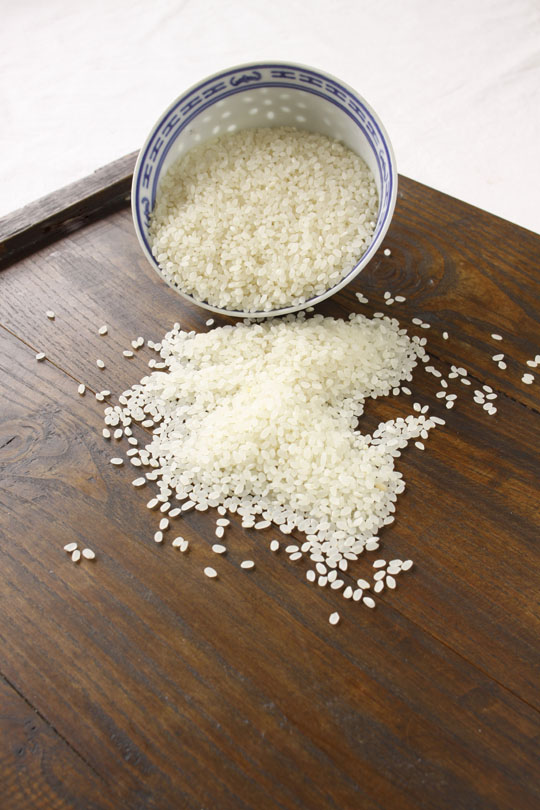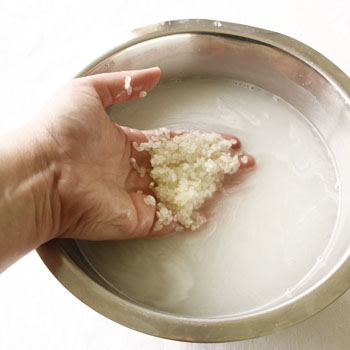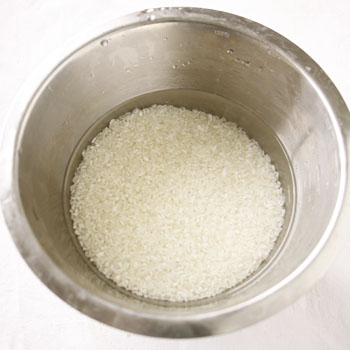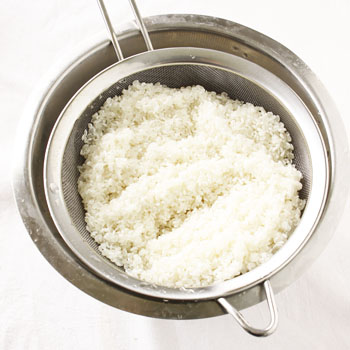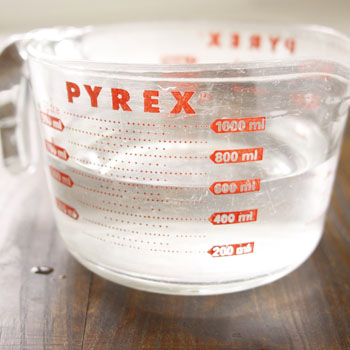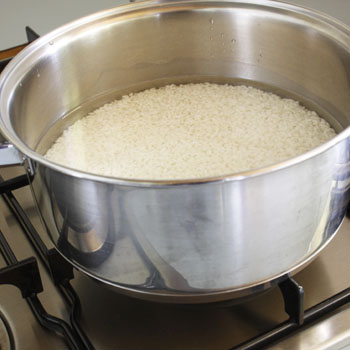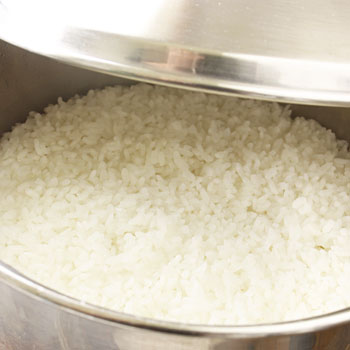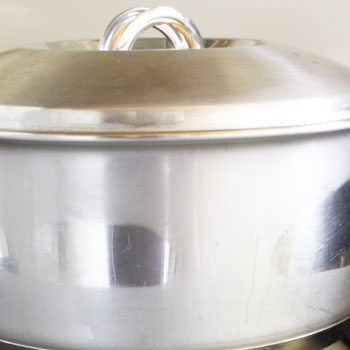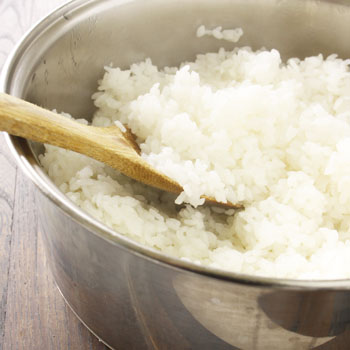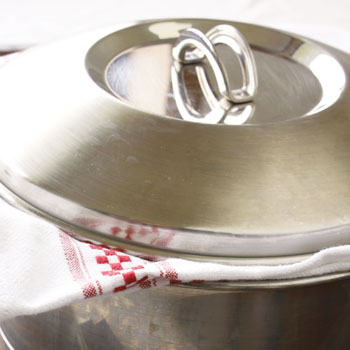 | |||||||||||||||||||||||||||||||||||||||||||||
«previous contents next»spring 2010 | |||||||||||||||||||||||||||||||||||||||||||||
| |||||||||||||||||||||||||||||||||||||||||||||
| |||||||||||||||||||||||||||||||||||||||||||||
| Grains Recipes · Japanese Recipes · Magazine Recipes · Rice Recipes · Spring Recipes · Step By Step Recipes | |||||||||||||||||||||||||||||||||||||||||||||
| Home · About Bron · Portfolio · Recipe Index · Unit Converter | |||||||||||||||||||||||||||||||||||||||||||||
| RSS Feed · Atom Feed · Twitter · Facebook · Flickr · Bron's Amazon Store | |||||||||||||||||||||||||||||||||||||||||||||
| Published 18th October 2010 All content and images copyright © 2005 - 2012 Bron Marshall. Site Design by Jonathan Marshall | |||||||||||||||||||||||||||||||||||||||||||||
